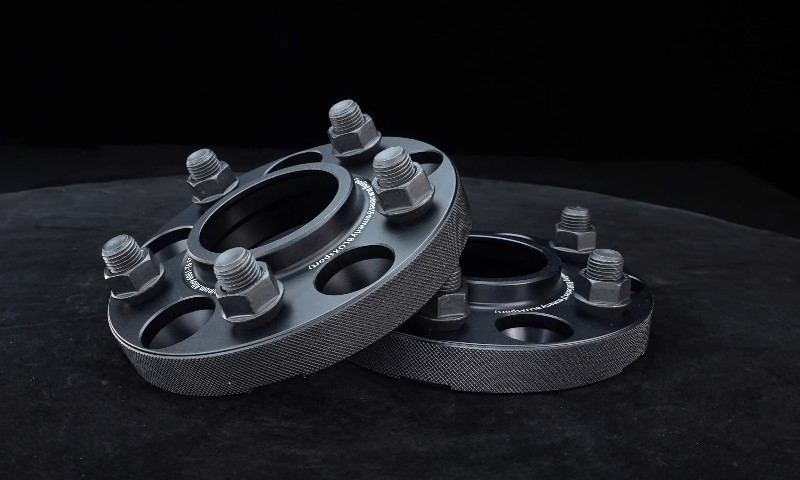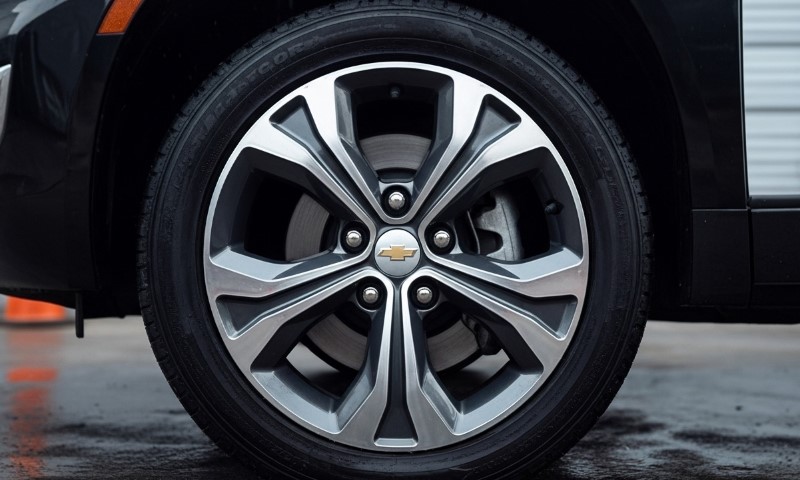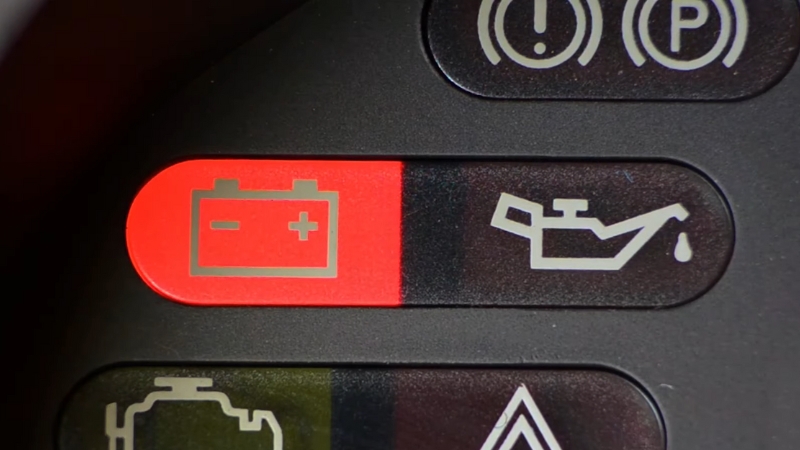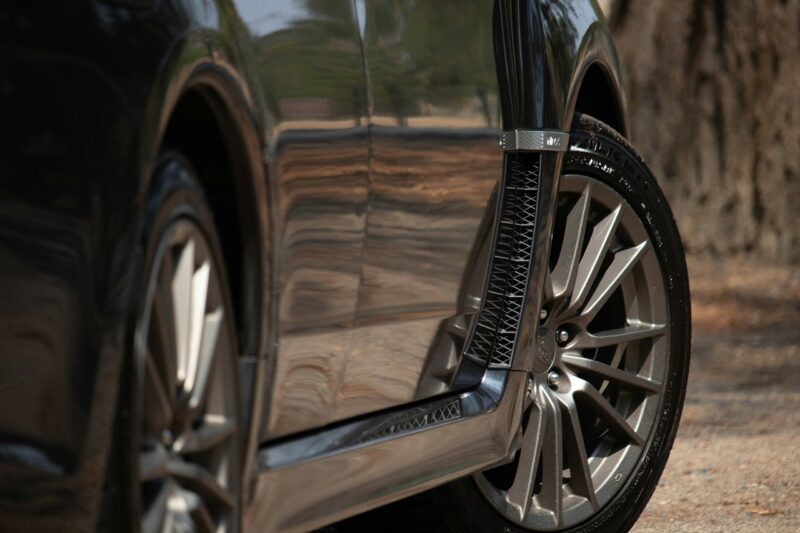
Share Post:
There’s a moment most drivers run into sooner or later—one tire goes flat, or two wear out faster than the rest, and suddenly you’re asking yourself: Can I just replace the bad ones?
Maybe you find a deal on a different brand and wonder if it’s fine to mix. Technically, yes—you can mix tire brands on your vehicle. But whether you should? That’s where things get more nuanced.
Let’s break it down in real-world terms, not just technical jargon. If you drive a commuter car, an AWD SUV, or a sporty coupe, mixing tires isn’t just about tread—it’s about how your vehicle handles, brakes, and keeps you safe when the road gets unpredictable.
Table of Contents
ToggleWhy Tire Matching Really Matters
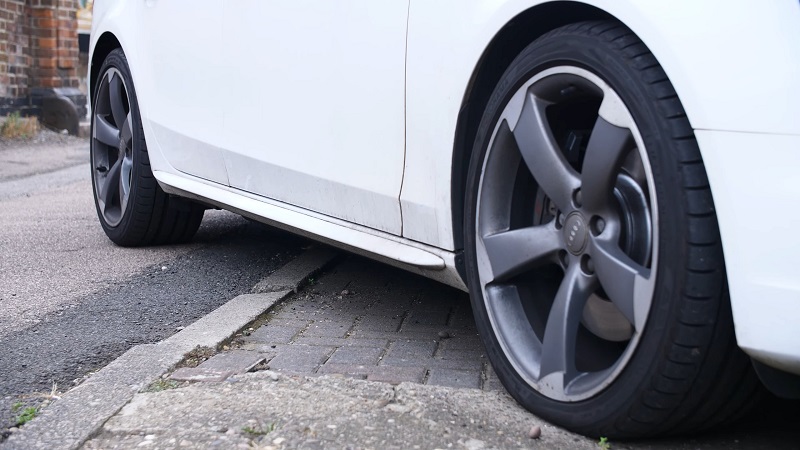
Tires aren’t just rubber donuts. They’re engineered with specific goals: traction, responsiveness, stability, noise control, fuel economy.
When all four match, you’re getting the full benefit of what your car was designed to do.
Here’s what matching tires gives you:
- Even Grip & Predictable Handling: Whether you’re merging onto a freeway in the rain or dodging potholes in a city alley, consistent traction across all wheels means the car reacts how you expect it to.
- Balanced Wear: Matching tread compounds and designs wear at similar rates. That means fewer unexpected replacements and a more stable driving experience over time.
- Full Performance Specs: Automakers tune their suspension, drivetrain, and even software (in AWD systems) around specific tire specs.
- Legal Peace of Mind: In some places, not following manufacturer tire specs can be a fineable offense.
Now, life isn’t always ideal. Maybe your rear tires still look new while the fronts are worn bald. Or you hit a curb, blew a sidewall, and you’re staring down an $800 bill to replace four tires.
To achieve this optimal performance without financial strain, consider wheel and tire financing options that allow for manageable payments. But with all of that said, when is it okay to bend the rules?
When Mixing Tire Brands Might Be Necessary
Let’s be honest—most people mix tires for one reason: money. But sometimes, even if budget isn’t the issue, it’s just not practical to replace a full set. Maybe you’re dealing with:
- A single damaged tire after a puncture or sidewall blowout
- Two tires worn out, but two still have good tread
- Switching seasons, and only half your all-seasons need replacement
Whatever the case, the key is how you mix. If you’re careful and follow guidelines, you can do it without wrecking your ride’s balance or putting safety at risk.
How to Mix Tire Brands Safely (If You Absolutely Have To)
If you’re replacing only one or two tires, stick to these ground rules:
Replace Two Tires? Keep Them Together.
Put the matching pair on the same axle. That means either both front or both rear. Don’t split brands side-to-side—it’s a recipe for weird handling and uneven wear.
- For front-wheel-drive (FWD) cars: put the new tires on the rear. Yes, it seems backward, but it helps prevent spin-outs on wet roads.
- For rear-wheel-drive (RWD) cars: install new tires on the front for better turn-in and braking response.
- For all-wheel-drive (AWD) systems: ideally replace all four tires. Mismatched diameters can wreck the drivetrain.
Replacing Just One? Be Cautious.
It’s not ideal—but sometimes it’s all you can do. Pair the new tire with your best existing tire (or a full-size spare) and install both on the same axle. Still, make sure their tread depths and specs are close.
And if you’re not sure what those size numbers (like 225 or 235) mean, here’s a simple explanation that shows how different widths can affect performance.
Things You Really Need to Match When Mixing Brands
Not all tires are created equal. Even if they’re the same size, differences in tread pattern, rubber compound, or internal construction can throw your car’s dynamics off.
Let’s run through what to check before mixing anything:
1. Tread Pattern
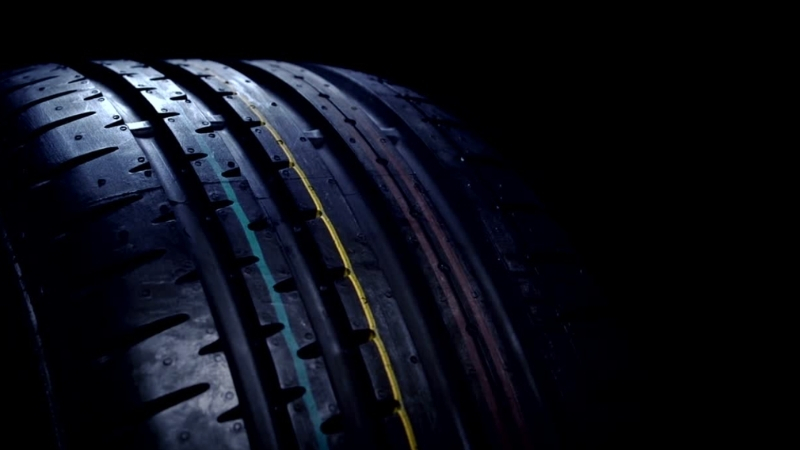
Every tread pattern has a purpose—some are better at water evacuation, others for cornering grip. Mixing types can lead to unpredictable handling, especially in rain or snow.
What not to do:
- Don’t mix directional with symmetric or asymmetric tires.
- Don’t mismatch patterns on the same axle.
2. Tread Depth
Big tread differences can make the car pull to one side or feel unstable under braking. Try to keep the tread depth difference under 2/32 of an inch.
| Tire A | 10/32″ (new) |
| Tire B | 4/32″ (worn) |
This difference is too big. You’ll feel it, especially on wet roads or when turning at speed.
3. Speed and Load Ratings
Every tire comes with ratings that tell you how fast and how much weight it can safely handle.
- Speed Rating: Stick close—don’t pair a “T” (118 mph) with a “W” (168 mph).
- Load Index: Never go below your car’s minimum load rating. If you’re mixing, higher-load tires go on the rear.
- Traction & Temp Ratings: Try to match as closely as possible. Mismatched ratings can affect stopping power or lead to overheating under heavy loads.
4. Seasonal Tires
Here’s a hard rule: don’t mix tire types. No summer on the front and winter on the rear. That’s asking for a spinout.
- Summer + Winter = bad traction compromise
- All-Season + Winter = inconsistent handling in cold weather
- Different snow ratings = uneven grip on icy roads
Stick with one type across all four wheels.
5. Run-Flat vs. Non-Run-Flat
Run-flats are built tough to keep rolling after a puncture—but they feel and handle differently. Mixing them with regular tires will throw off balance and steering feedback.
Especially on performance or AWD vehicles, this can seriously affect handling and even cause drivetrain strain.
6. Staggered Sizes
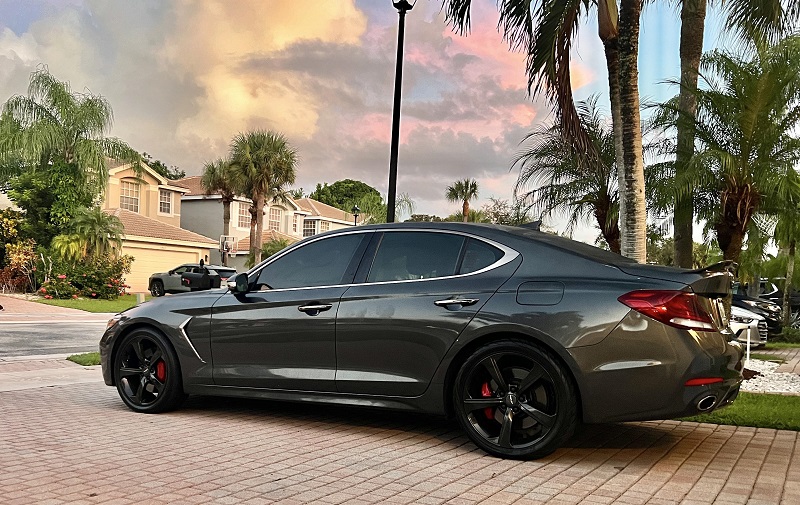
Some cars (mostly RWD sports models) come with wider tires in the rear. Don’t attempt this unless your car was built for it.
Mixing sizes on a vehicle not designed for it can lead to:
- Stability issues
- Premature wear
- Suspension strain
Check your owner’s manual before experimenting.
Manufacturer Advice (They Know What They’re Doing)
Let’s look at what the experts say:
- Continental Tires: Stick to identical tires. If you must mix, use same-brand pairs on the same axle. Always follow manufacturer specs.
- Michelin: Replace all four if you can. If not, put new ones on the rear axle for most vehicles.
- Priority Tire: Mixing brands is possible, but not ideal. Never mix tread types or run-flats with regular tires.
- Whitley Automotive: Keep tread depth and pattern consistent. For AWD, replacing all four is the safest bet.
Common Mixing Mistakes (And Why They Matter)
| Mistake | Real-World Impact |
| Mixing different tread patterns | Pulling or fishtailing on wet roads |
| New tires on front of FWD car | Rear-end slides in emergency braking |
| Tread depth gap over 4/32″ | Unstable cornering and premature wear |
| Summer + Winter tire combo | Loss of control in snow or heat |
| Run-flat + regular tire mix | Uneven ride and drivetrain stress |
| Ignoring load/speed ratings | Blown tires or legal issues |
Tire Maintenance Tips (Especially When Mixing)
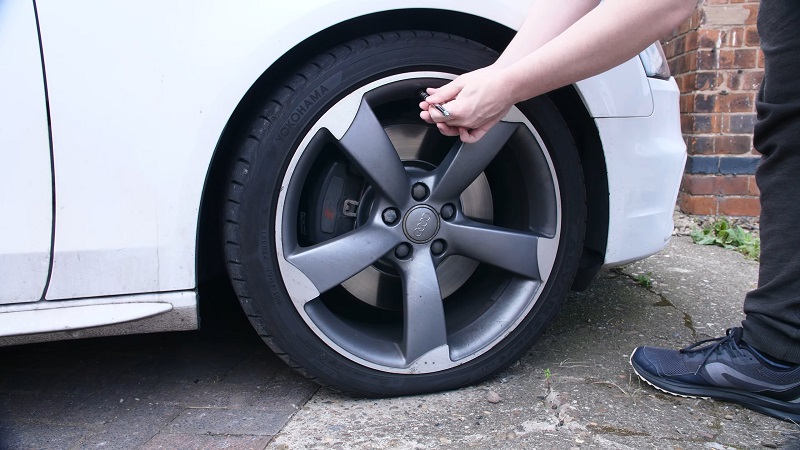
Even matched tires wear unevenly if not maintained. Mixed tires? You’ve really got to stay on top of things.
- Rotate Every 5,000–10,000 Miles: Helps even out wear, especially when the brands differ slightly in tread compound.
- Check Tire Pressure Monthly: Pressure differences affect handling more when brands don’t match perfectly.
- Watch for Vibration or Pulling: If the car starts to behave differently after a tire change, don’t ignore it. Get a shop to inspect the alignment and balance.
Real-World Scenarios Where Mixing Happens
Scenario 1: Budget Fix
A driver with a FWD sedan needs two new tires but can’t afford four. They buy two mid-range tires and install them on the rear.
The old ones (same brand, 60% tread left) stay on the front. Handling remains stable, and they plan to replace the front pair in six months. Acceptable, if not ideal.
Scenario 2: Emergency Damage
A nail shreds one rear tire on an AWD SUV. The spare is full-size, same brand, and decent tread.
Mechanic matches tread depths and installs the new tire plus the spare on the rear axle. Problem solved temporarily—full set replacement still recommended soon.
Scenario 3: DIY Misstep
A sports coupe owner finds a cheap pair of directional summer tires and mixes them with their old asymmetric all-seasons.
Same size, different brands. The car now feels twitchy in the rain, and cornering feels off. They end up replacing all four two months later.
Summary Table
| Factor | Recommendation | Why It Matters |
| Tread Pattern | Match on the same axle | Prevents unpredictable grip |
| Tread Depth | ≤ 2/32” difference | Keeps handling consistent |
| Speed Rating | Match or stay close | Avoids overstressing tires |
| Load Index | Never go below minimum | Ensures safe weight handling |
| Seasonal Tires | Use the same type all around | Each is built for different conditions |
| Run-Flats | Don’t mix with regular tires | Different sidewall and handling |
| Staggered Sizes | Only if factory-equipped | Prevents imbalance |
| Axle Placement | FWD: Rear / RWD: Front / AWD: All 4 | Keeps traction where it counts |
| Legal Compliance | Follow owner manual specs | Avoids fines and warranty issues |
Final Word
Can you mix tire brands? Yes. Should you? Only when absolutely necessary—and even then, do it smartly. Consistency across your tires means better grip, safer stops, and a smoother ride.
If you’re unsure, consult a tire pro or your vehicle manual before pulling the trigger. Sometimes the “cheaper” fix leads to more wear, more maintenance, or even safety risks down the line.
And when in doubt—replace all four. Your car will thank you with quieter drives, smoother handling, and longer-lasting tread.
Related Posts:
- What No One Tells You About Florida’s Roads - 11…
- The DeLorean Is Back - But You’ll Need Crypto to Get One
- Think Google Can Fix Your Car? Here’s Why You’re…
- Can You Take Selfies Inside Cars at Auto Shows?
- Can You Tow an EV With a Dead Battery That Cannot Power On?
- Can You Use 5w30 Instead Of 0w20 - Will It Hurt Your…


